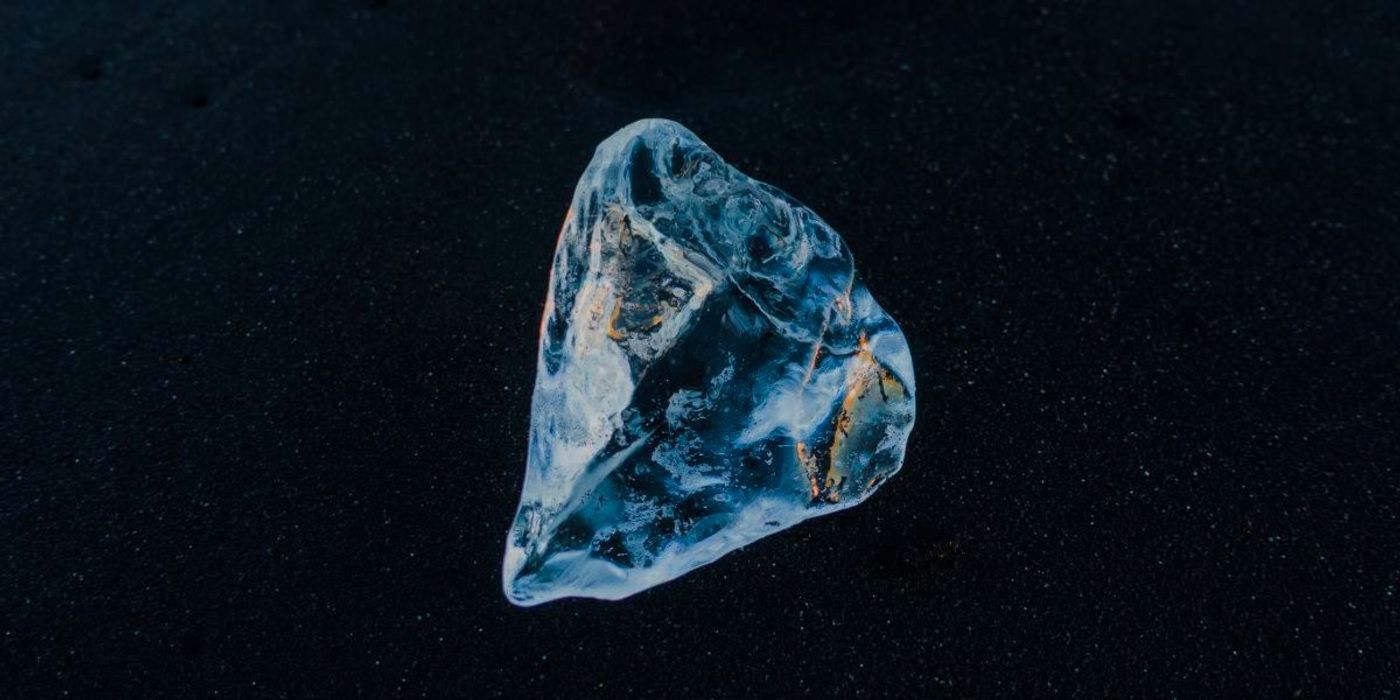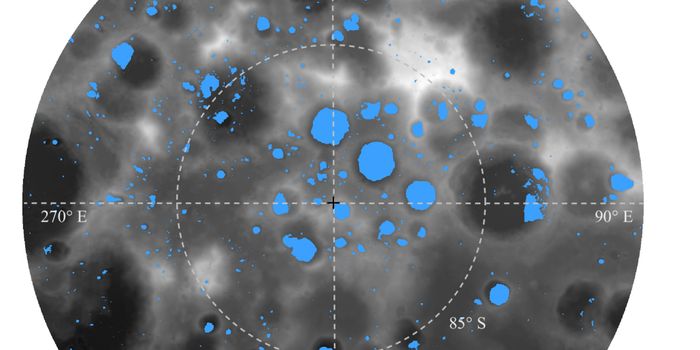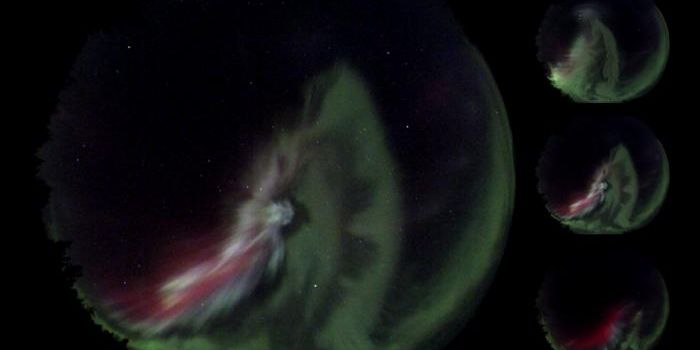How it Rain Diamonds on Neptune
For some time, researchers have hypothesized that deep inside both Neptune and Uranus, it may be raining diamonds. They have now found evidence showing how it may happen.
In the research, an international team of scientists used the SLAC National Accelerator Laboratory's Linac Coherent Light Sources (LCLS) X-ray laser to understand how diamonds rain inside the planets. From their readings, they found that carbon seems to directly transition into crystalline diamonds.
The process they read was different to previous experiments conducted on Earth in conditions built to replicate Neptune's interior. In these experiements, they found that when carbon was compressed into diamonds, remaining atoms split off into hydrogen, leaving practically no leftover carbon.
"In the case of the ice giants, we now know that the carbon almost exclusively forms diamonds when it separates and does not take on a fluid transitional form," says Dominik Kraus, a physicist at the Dresden University of Technology.
"This research provides data on a phenomenon that is very difficult to model computationally: the 'miscibility' of two elements, or how they combine when mixed," explained plasma physicist Mike Dunne, director of the LCLS. "Here, they see how two elements separate, like getting mayonnaise to separate back into oil and vinegar."
Neptune and Uranus are the least understood planets in our Solar System. Both are ice giants, a type of planet ten times more common than gas giants like Jupiter. Researchers say that a better understanding of them will significantly help our understanding of the galaxy.
One puzzle that these findings may help address is why Neptune’s interior is much hotter than it should be- emitting 2.6 times the energy that it absorbs from the sun. To this, the researchers say that if diamonds- denser than surrounding materials- are cascading inside the planet's interior, they may release gravitational energy. This would then be converted to heat generated by friction between the diamonds and the surrounding materials.
Sources: Science Alert, Nature Communications









